International scientific council
The International Scientific Council is a scientific, advisory, and representative body of the Foundation. The members of the International Scientific Council are world-class scientists and experts in the field of digital design, fabrication, technology, and art. Members of ISC advise on and lead research projects carried out by Fab Foundation Poland.
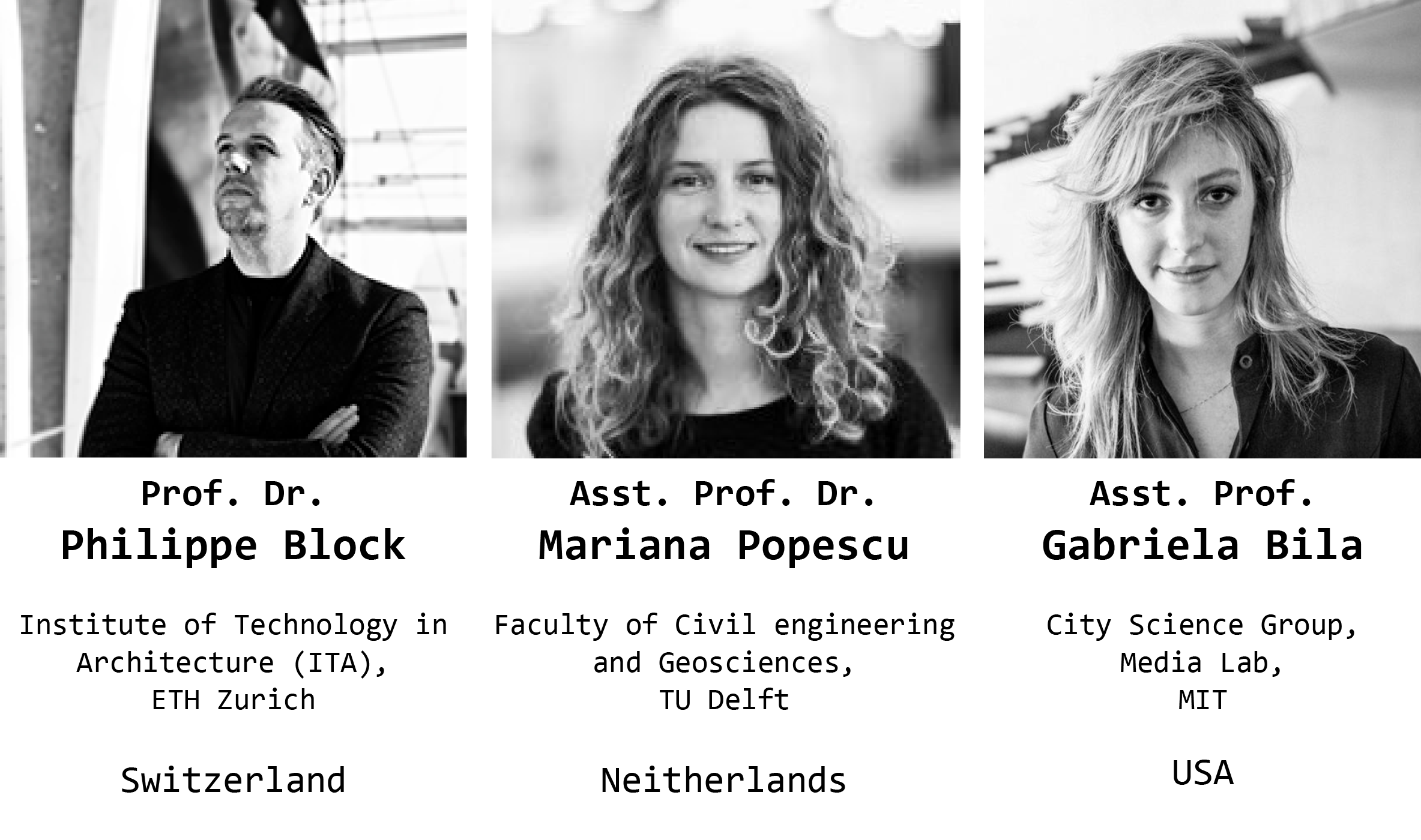
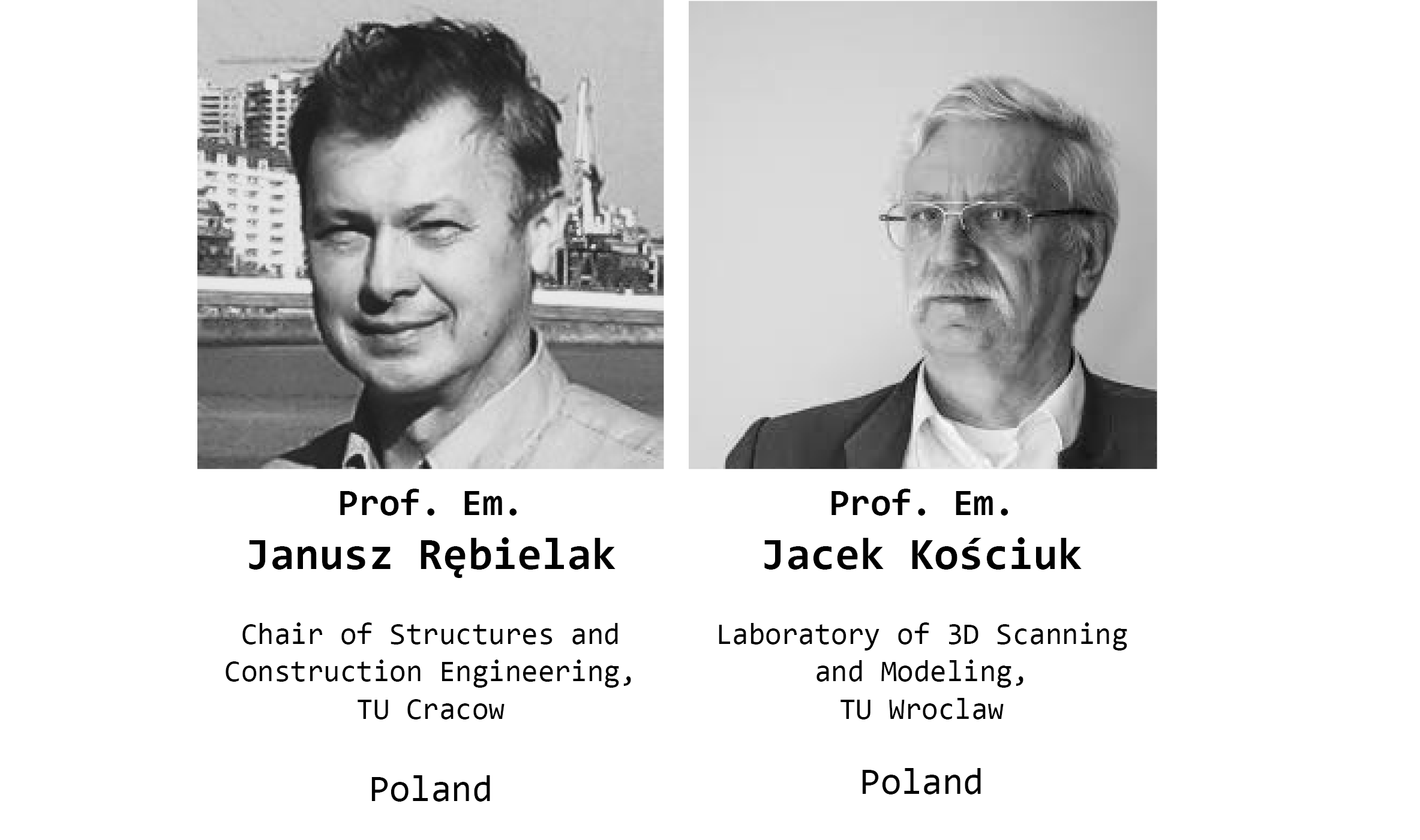
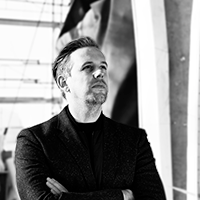
** Prof. Dr. Philippe Block**
Philippe Block is professor at the Institute of Technology in Architecture (ITA) at ETH Zurich, where he leads the Block Research Group (BRG) with Dr. Tom Van Mele and is Head of the Institute. Philippe is also Director of the Swiss National Centre of Competence in Research (NCCR) on Digital Fabrication. He studied architecture and structural engineering at the Vrije Universiteit Brussel and at the Massachusetts Institute of Technology, where he earned his PhD in 2009. Philippe and Tom apply their research into practice providing innovation in (computational) design, engineering, fabrication and construction of sustainable, circular and economical structures, addressing climate change by significantly reducing embodied emissions, utilising fewer single-use resources and minimising construction waste.
Following the motto “strength through geometry” and the principles of traditional unreinforced masonry construction, the BRG translates this knowledge into projects such as the unreinforced stone Armadillo Vault, the thin, flexibly formed concrete shells of the NEST HiLo and KnitCandela, the 3D-concrete-printed masonry bridge Striatus, and the Rippmann Floor System (RFS), a lightweight and ultra-low-embodied floor system.
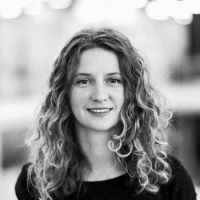
** Dr. Mariana Popescu**
Mariana Popescu is a computational architect and structural designer with a strong interest and experience in innovative ways of approaching the fabrication process and use of materials in construction. She is Assistant Professor of Parametric Structural Design and Digital Fabrication at the Delft University of Technology, Faculty of Civil engineering and Geosciences. Her area of expertise is computational and parametric design with a focus on digital fabrication and sustainable design. Her extensive involvement in projects related to promoting sustainability has led to a multilateral development of skills, which combine the fields of architecture, engineering, computational design and digital fabrication. She obtained her PhD in 2019 from ETH Zurich with a focus on the development of KnitCrete - a flexible formwork system using knitted textiles. She is the main author of the award-winning KnitCandela shell and was named a “Pioneer” in the MIT Technology Review Innovator Under 35 list of 2019.
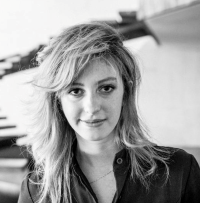
** Asst. Prof. Gabriela Bìlá**
Gabriela Bìlá is a Brazilian architect, multimedia designer and artist. She uses discussions over the contemporary city as the raw material of her work, combining new media and immersive interfaces to reimagine cities.
Gabriela is currently based in Cambridge Massachusetts, working as a Research Scientist and lecturer at the MIT Media Lab City Science group. Her line of research focuses on developing new immersive experiences to envision how humans will adapt to global changes and incorporation of new technologies in daily life. Her work has been featured at the Venice Architecture Biennale and the Guggenheim Bilbao. She has previously worked at various design and architecture offices such as OMA Rotterdam and LAVA Berlin.
Contact: gba@mit.edu
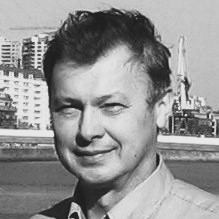
Prof. Janusz Rębielak
Polish architect and engineer, professor of technical sciences. He has been working at the Cracow University of Technology (TU Cracow) since 2008. He was a head of Chair of Structures and Construction Engineering (A-42) and moreover he was head of Postgraduate Study BIM “Building Information Modeling – digital technologies in architecture and construction” at the TU Cracow. His research work evolves around numerical methods for shaping spatial structures as well as proposals for their applications for high span roof systems, high-rise buildings and the innovative methods of their safe foundation on soils with poor load capacity, especially on mining damage sectors and in earthquake areas . His original system of combine foundation is a breakthrough technical solution in this area of engineering activities. He also developed a two-stage method of calculation of statically indeterminate trusses and a method of secondary grid deformation, which enables to design the most regular
triangular grids for geodesic domes; he is also involved in working out the innovative concepts of the structural systems for the vertical take-off and landing airplanes and for the short take-off and landing airplanes, as well as the innovative concepts of the technical solutions for the retractable roof structures. So far he published over 230 scientific papers. Prof. Rębielak has been a Chairman of the Committee on Architecture and Urban Planning of the of Wroclaw Branch of the Polish Academy of Sciences (PAN) since 2006 and he was member of some national and international scientific societies as well as a member of scientific boards or editorial committees of national and international scientific journals; at present, among others, a member of the Editorial Board of The International Journal of Computational Methods (IJCM).
More at: http://januszrebielak.pl and wikipedia.

** Prof. Jacek Kościuk**
Prof. Kościuk is an innovator in the application of 3D scanning for creating digital documentation of historical and archeological objects. 3D laser scanning, modeling and simulations not only enhance the heritage documentation with the 3D digital twins, but it also can aid dating the objects by analysis of brics dimensions or helped to discover the ancient Incaic measuring units. The 3D documentation made with sub-millimeter precision is of key importance for monitoring atmospheric and climatic factors causing erosion processes and implementing proper conservation programs. Over 40 years of experience in building archaeology and architectural monument preservation in Poland and worldwide, including +15 sites from the UNESCO World Heritage List e.g. Temple of Hatshepsut in Deir el-Bahari (Egypt), El Fuerte de Samaipata (Bolivia), Corikancha temple in Cusco and Machu Picchu (Peru).
In 2007 he founded the the Laboratory of 3D Scanning and Modeling within Wroclaw University of Technology and Science (TU Wroclaw), which he was supervising as a head-director. Prof. Kościuk was the first professor in Poland who supervised doctoral thesis into digital design, 3D scanning, simulation and optimization. Thanks to him the Laboratory of Digital Fabrication LabDigiFab was funded within TU Wroclaw. This student organization was a unique opportunity at that time to get skills and knowledge about digital design and fabrication. The former students of LabDigiFab, continued their education graduating from among others MIT, UCL Bartlett or ICD Stuttgart. During its activity LabDigiFab organized in 2015 first in Poland International Conference of Parametric Design Shapes of Logic link, followed in 2017 by its second edition link.
In 2020 Prof. Kosciuk was awarded the highest scientific nomination by the Polish President. By younger generations he is often referred to as a father (or a god father) of bringing new technologies into architectural education in Poland.
More at: linkedin